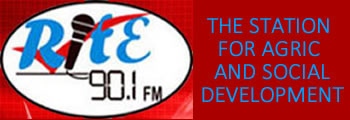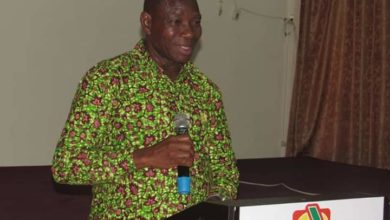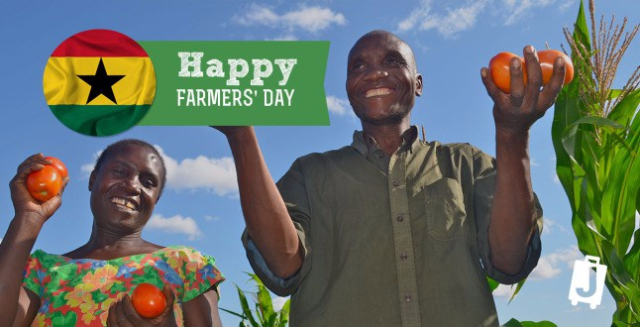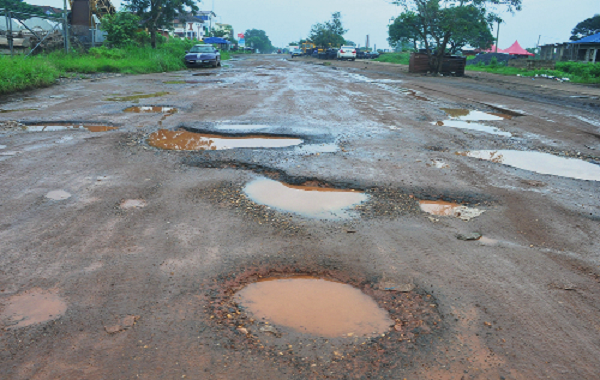Famers in Sierra Leone get high quality rice seeds

Through the Rapid Ebola Seed Distribution Project (RESDP), farmers in the 13 districts in the country, on Monday received high quality of seed rice worth over three million dollars as a form of providing food for the general population after the ebola.
The seed rice includes Nerica L 19, Nerica 4, and Nerica L 20 were procured from Burkina Faso, Nigeria, Mali and Togo, is one of the ebola response support to the agricultural sector, as it was supported by the World Bank to support the provision of planting materials to minimise the impact of ebola on the agriculture sector.
This project is coordinated by the ECOWAS, and the West and Central Africa Council for Agricultural Research and Development (CORAF/WECARD) and it is being implemented by the Ministry of Agriculture and West Africa Agricultural Productivity Programme (WAAPP).
At the ceremony held on Monday at the Seed Multiplication Compound in Makeni, the Minister of Agriculture Dr Joseph Sam Sesay in his keynote address said the project demonstrate another milestone in the fight against ebola and it also gives testament that Sierra Leoneans are resilient in the face of diversity and to re-enforce the fact that though “we are troubled we are not destroyed.”
The ebola outbreak he said had “ a ripple effect on every fibre of the society and then it engulfed itself to the neighbours and transformed itself into an issue of global concern.”
The effect of ebola on agricultural activities, he stated, was hard as “we have been trying to measure the impact of ebola on agriculture and it is difficult to access or give the impact, as some areas were difficult to access. “Adding that “ebola touched the livelihoods of the people especially farmers as they were seriously shaken, the farmers all over the country came to the realisation that they had to face with harsh realities due to the unavailability of needed seeds for the next planting season.” This unavailability he went on “was caused by factors such as restriction of movement in the height of the outbreak. For example in Kabala, vegetable growers lost over two billion Leones on vegetable produce. In some other districts, prices fell because there were lots of produce and because they could not market them, there was more supply than demand and the prices of these commodities fell.”
About the RESDP, the Agriculture Minister said because of the ebola, the partners decided to mount a campaign to raise funds and buy seed rice to supply the communities because of the circumstances, as people are not allowed to move and go into the farm or work in groups and there was problem in getting or even maintaining the seed rice, “the good news here is because of the ebola we have been able to get the seed rice which is of high quality, these are varieties that are not of the second and third seed circulation but this one is fresh that will make more yield for farmers.”
The Country Manager for World Bank, Francis Ato Brown said although money is important but collaboration is key in any project and the coming together of the Ministry and other development partners has made the project successful.
Brown said the money came from the ebola response as the total amount for Sierra Leone is $126 million and part of the money came from NERC.
Another area they are looking at also is the school feeding programme and they are going to buy food from the farmers, so that they can get more yield.
The World Bank Manager stated that they will continue to support agriculture and the effort of the government with their recovery plan, building systems and synergies and support farmers.
The Project coordinator of WAAPP Sulaiman Sesay said the objectives of the project is to ensure that planting seeds are available in the short term through emergency supply of certified food and to increase seed and food availability in the targeted communities.
About what the project covers, the Coordinator said they have planned it in three components, the first component was to provide two thousand and thirty eight (2,38) metric tons of certified seeds which are improved seeds of rice and it will include two thousand metric tons of low land rice and thirty eight tones of upland rice. Also they are expecting fifty tons of maize and eight tons of cowpeas “in addition we were to have an additional one hundred and sixty five metric tons of foundation seed rice and two tons of maize of foundation seeds.”
Source: awoko.com




